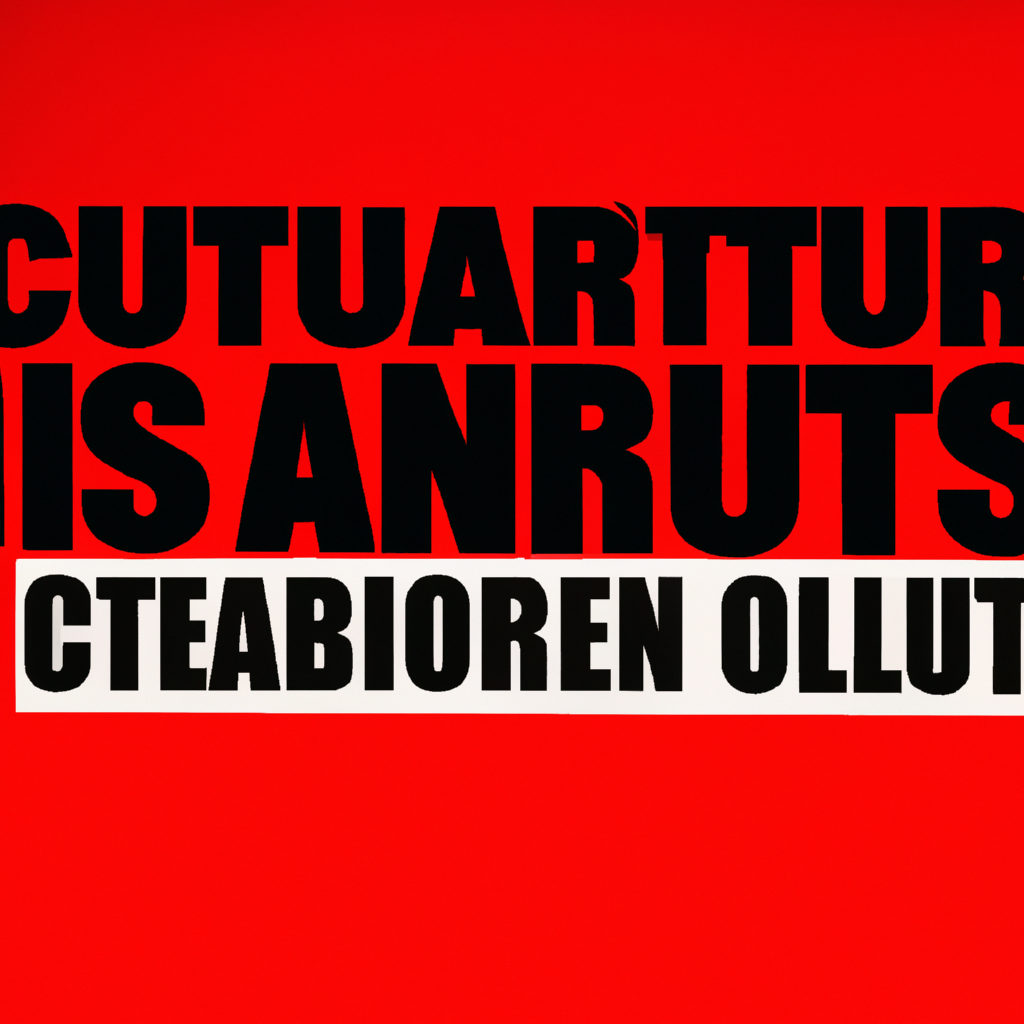In an unprecedented drama that reads more like a script for a wistful noir film set in the shadowy alleys of Paris rather than a stark courtroom, a tale of art theft has reached its final act. Mejdi R., a 38-year-old musician with aspirations perhaps as vivid as the art he stole, has been sentenced to a two-year prison term.
The object of Mejdi's audacious heist was none other than a work by the enigmatic street artist Banksy, celebrated as much for his anonymity as for his brazen, politically charged artworks that have appeared overnight in cities around the world. This particular piece, a deft commentary conflated with urban decay, was painstakingly removed using an angle grinder from a street sign in France, underscoring Banksy's cheeky defiance of traditional art world boundaries.
The case itself, while straightforward — involving a stolen painting and a subsequent admission of guilt — touches on much deeper cultural nerves. The incident provokes us to grapple with the complex mesh of moral, ethical, and aesthetic questions that arise when street art, inherently public and deeply enmeshed in the urban landscape, is whisked away into the private shadows. Implicit in Mejdi’s grim fate is a narrative of art's place in society, as well as the dichotomy between public ownership and private acquisition.
Street art, transient and often ephemeral, speaks to a wide audience. It is accessible not only in its placement but also in its themes, which often touch on societal issues that affect the everyday person. The removal of such art from public view — transforming it into a market commodity privatizes a piece of the community narrative. Mejrips this artwork from its urban context, disrupting both its meaning and its ability to communicate.
Banksy's work, characterized by stark, visceral imagery combined with snippets of sharp, poignant text, often critiques the very issues highlighted by its non-consensual removal. One of the artist's previously stolen pieces, “Slave Labour", which derides the notions of mass consumption and exploitation, ironically became a hot commodity in the secretive art market.
While Mejdi's sentence might close the legal chapter of this particular saga, the broader implications reverberate beyond the confines of legal frameworks. They force a reevaluation of the intersection between art and law, between shared cultural inheritance and private property rights. With street art, the physical locality is intrinsically linked to its conceptual integrity, and to remove it is to dismantle a part of its essence.
The conversation around Mejdi’s case, and others like it, urges us to ponder: when we sever art from its spatial context, what remains of its original message? How do we navigate the turbulent waters where art's inherently rebellistic spirit meets the rigid structures of legal authority? As Banksy’s works continue to provoke thought and contest norms, each stolen piece paradoxically underscores the potency of its own intended message about the commodification of rebellious spirit.
In the rich tapestry that is New York City's own urban canvas, such questions are not merely academic but pulse through the very veins of the city’s cultural fabric. As observers, creators, or mere citizens, our engagement with these dialogues shapes the continuing evolution of art in public spaces — ensuring that the essence of works like those of Banksy continues to challenge, provoke, and inspire.

